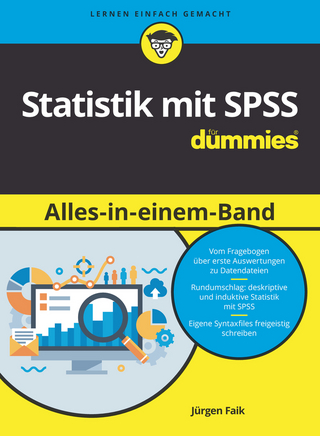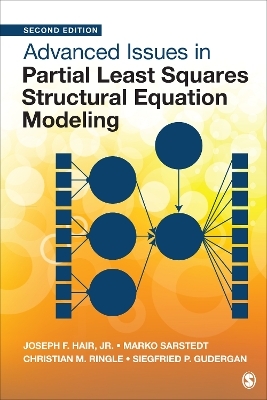
Engineering Statics with MATLAB®
Seiten
2024
Chapman & Hall/CRC (Verlag)
978-1-032-43700-2 (ISBN)
Chapman & Hall/CRC (Verlag)
978-1-032-43700-2 (ISBN)
This text makes use of symbolic algebra and vector-matrix algebra to demonstrate a new approach to learning statics. Symbolic solutions are obtained, together with the types of solutions covered in other texts, so that students can see the advantages of this new approach.
This innovative text is an extension of second-generation vector Statics courses to a new, third-generation matrix-vector Statics course, a course that addresses deformable as well as rigid bodies and employs MATLAB®.
MATLAB® is used as a “calculator” whose built-in functions are used to solve statics problems. This text uses vectors and matrices to solve both statically determinate rigid body problems and statically indeterminate problems for deformable bodies.
The inclusion of statically indeterminate problems is unique to this text. It is made possible by using symbolic algebra and a new, simplified vector-matrix formulation that combines the equations of equilibrium, the homogeneous solutions to those equations, and a description of the flexibilities found in the deformable elements of a structure to solve directly for the unknown forces/moments.
This innovative text is an extension of second-generation vector Statics courses to a new, third-generation matrix-vector Statics course, a course that addresses deformable as well as rigid bodies and employs MATLAB®.
MATLAB® is used as a “calculator” whose built-in functions are used to solve statics problems. This text uses vectors and matrices to solve both statically determinate rigid body problems and statically indeterminate problems for deformable bodies.
The inclusion of statically indeterminate problems is unique to this text. It is made possible by using symbolic algebra and a new, simplified vector-matrix formulation that combines the equations of equilibrium, the homogeneous solutions to those equations, and a description of the flexibilities found in the deformable elements of a structure to solve directly for the unknown forces/moments.
Lester W. Schmerr Jr. holds a PhD in Mechanics from the Illinois Institute of Technology and a BS in Aeronautics and Astronautics from MIT. He is Professor Emeritus at Iowa State University, where he taught and conducted research for four decades.
1. Introduction to Statics and the Concept of Force. 2. Moments and Couples. 3. Equivalent Systems and Resultants. 4. Equilibrium. 5. Trusses. 6. Frames and Machines. 7. Centroids. 8. Beams. 9. Frictional Forces. 10. Statically Indeterminate Structures. 11. Area Moments and Mass Moments of Inertia.
| Erscheinungsdatum | 09.03.2024 |
|---|---|
| Reihe/Serie | Advances in Applied Mathematics |
| Zusatzinfo | 235 Line drawings, black and white; 235 Illustrations, black and white |
| Sprache | englisch |
| Maße | 152 x 229 mm |
| Gewicht | 730 g |
| Themenwelt | Mathematik / Informatik ► Mathematik ► Computerprogramme / Computeralgebra |
| Technik ► Maschinenbau | |
| Technik ► Umwelttechnik / Biotechnologie | |
| ISBN-10 | 1-032-43700-6 / 1032437006 |
| ISBN-13 | 978-1-032-43700-2 / 9781032437002 |
| Zustand | Neuware |
| Informationen gemäß Produktsicherheitsverordnung (GPSR) | |
| Haben Sie eine Frage zum Produkt? |
Mehr entdecken
aus dem Bereich
aus dem Bereich
Buch | Softcover (2024)
SAGE Publications Inc (Verlag)
72,30 €
An Introduction
Buch | Hardcover (2023)
SAGE Publications Ltd (Verlag)
144,65 €


